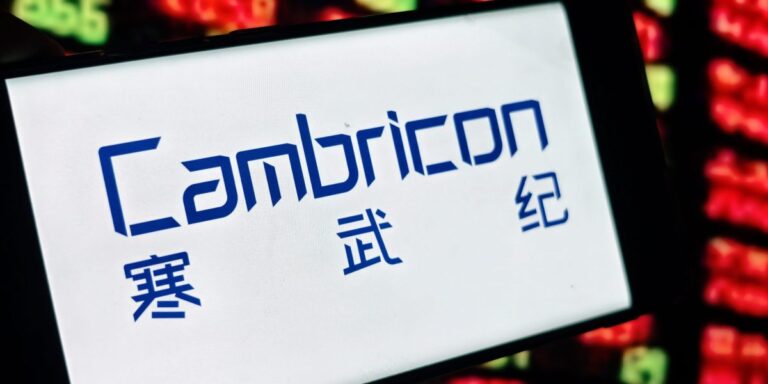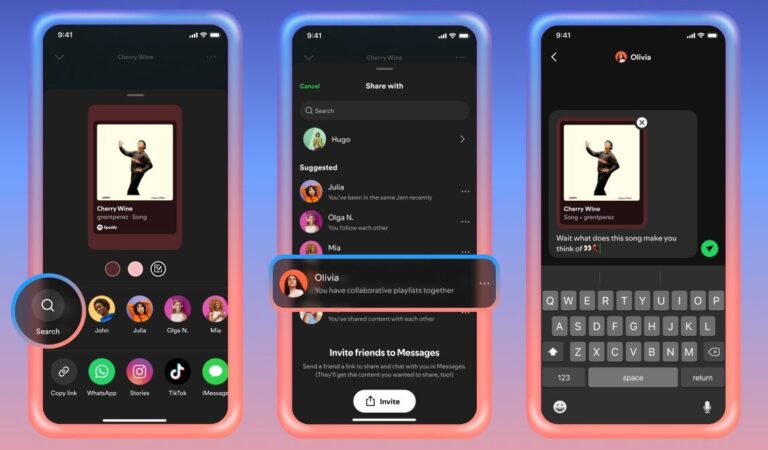Europe digital editor
 Getty Images
Getty ImagesDanish Foreign Minister Lars Lokke Rasmussen has summoned the top US diplomat in Copenhagen, following a report that American citizens have been conducting “covert influence operations” in Greenland.
Denmark’s public broadcaster DR quoted sources as saying the aim was to infiltrate Greenland’s society and promote its secession from Denmark to the US, although it was unable to clarify who the men were working for.
Danish intelligence warned Greenland was being targeted by “various kinds of influence campaigns”.
Rasmussen said “any attempt to interfere in the internal affairs of the Kingdom [of Denmark] will of course be unacceptable”, and the US charge d’affaires had been summoned in that light.
The BBC has approached the US embassy for comment.
However, US President Trump has said several times he wants to annex Greenland, an autonomous part of the Kingdom of Denmark, and Vice-President JD Vance has accused Copenhagen of underinvesting in the territory.
On a visit to Greenland a few months ago, Danish Prime Minister Mette Frederiksen warned the US that “you cannot annex another country”.
Denmark’s foreign minister said in a statement to the BBC that the government was “aware that foreign actors continue to show an interest in Greenland and its position in the Kingdom of Denmark”.
“It is therefore not surprising if we experience outside attempts to influence the future of the Kingdom in the time ahead,” he added.
Denmark is a member of Nato and the European Union and has long seen the US as one of its closest allies, and Danes have been shocked by Trump’s determination to control its semi-autonomous territory. The US president said this year he would not rule out seizing it by force.
Denmark’s PET security and intelligence service said in its assessment that influence campaigns would aim to “create discord in the relationship between Denmark and Greenland”.
This could be done by exploiting “existing or invented disagreements” either with “traditional, physical influence agents or via disinformation”, it added. PET said it had strengthened its presence in Greenland and co-operation with its authorities.
The US currently has no ambassador in Copenhagen, so Rasmussen has summoned Mark Stroh, who as charge d’affaires is the most senior diplomat in the Danish capital.
Lars Lokke Rasmussen has already summoned the US ambassador to Denmark this year in response to a separate report in May suggesting US spy agencies had been told to focus their efforts on Greenland.
DR’s report on Wednesday gave details of a visit by one American to Greenland’s capital Nuuk, saying he was seeking to compile a list of Greenlanders who backed US attempts to take over the island. The aim would be to try to recruit them for a secession movement, DR said.
The earlier May report in the Wall Street Journal also referred to learning more about Greenland’s independence movement, as well as attitudes to American mineral extraction.
At the time, US Director of National Intelligence Tulsi Gabbard did not deny the report but accused the Journal of “breaking the law and undermining our nation’s security and democracy”.


















